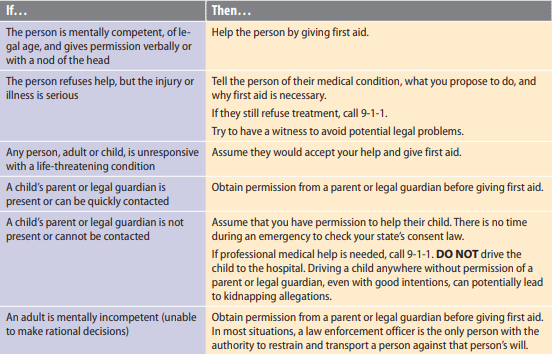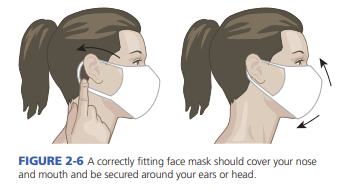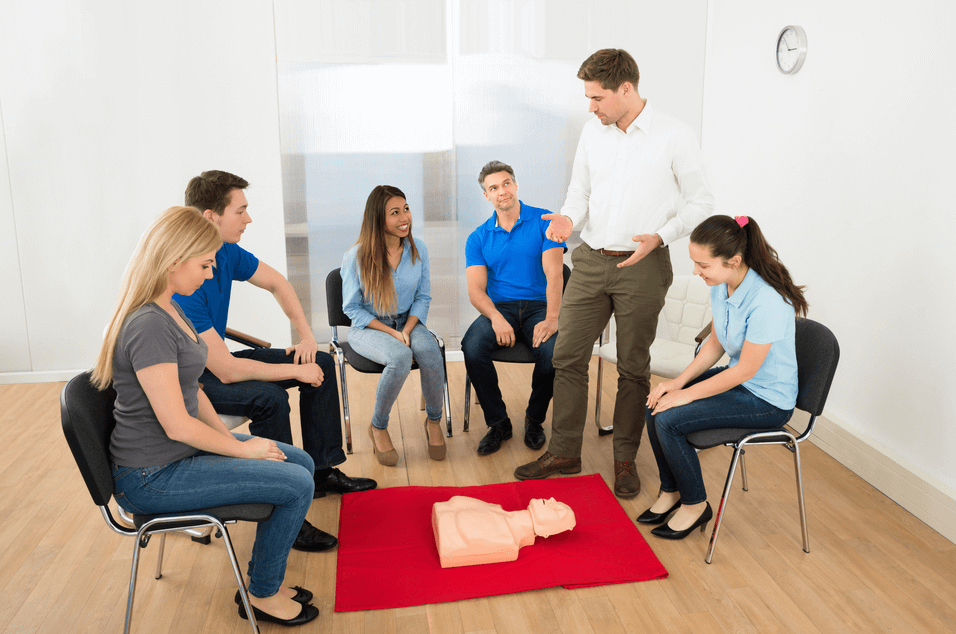All credible first aid, CPR, and AED course offerings feature curricula and training materials based on the latest medical guidelines and science. Instructors can do their job well by thoroughly covering course content and ensuring that all required skills are taught to and successfully demonstrated by students before sending them out the door with their ultimate goal – course completion cards. But do those cards really translate into a willingness to respond to an actual emergency when called to do so?
The author and product development teams working for the Emergency Care & Safety Institute (ECSI) carefully considered this question as they worked to update ECSI’s full line of training materials to meet the latest CPR and ECC Guidelines. Using ECSI’s flagship Standard First Aid, CPR, and AED, Eighth Edition training program as an example, let’s examine a few ways how course curriculum and courseware can help improve willingness to respond.

Focus on what matters most… The new line of ECSI training materials places a greater emphasis on life-threatening conditions and critical life-saving skills (e.g., cardiac arrest, choking, life-threatening bleeding, anaphylactic shock, stroke) so that the most important material sticks with the learner to increase their confidence and willingness to respond in an emergency situation. Instructors can dive deeper into common concerns faced in disasters or crises, and help students develop the communication skills needed in these.
Additionally, prepare students to be informed on Good Samaritan laws and how they affect them and others in a given crisis. The manual gives the most current definition of first aid and makes clear the difference between first aid care and professional medical care. Guide your students to know when to respond, be ready to respond, and have the tools to respond well.

Help them with assessment…Increase overall confidence in assessing an emergency and ready course participants to feel comfortable and prepared to provide care.
While training students to recognize emergency situations, the Eighth Edition provides content on responsive and unresponsive adults, children, and infants. Define a clear difference between responsive and unresponsive, and how response changes for either.
Guide students on how to accurately check a person appearing to be responsive while assessing an emergency response. Walkthrough interviewing a responsive person, including taking a SAMPLE (symptoms, allergies, medications, pertinent past medical problems, last food or drink, events leading up to the injury or illness) history.

Address safety concerns…Make sure learners feel comfortable responding in safe and responsible ways that align with current safety standards, especially in response to the COVID-19 pandemic.
With the Eighth Edition, cover the latest updates on face masks and face shields for public health and train individuals on the correct way to put on and wear a mask. Find readily available discussions on compression-only CPR as it relates to the COVID-19 pandemic.

Meet the needs of all of your learners….use textbooks, online courses, and be flexible in course delivery. If you want students to recall info when it matters most, help them truly learn content by catering to their needs and everyday concerns.
The Eighth Edition manual has been updated to meet the latest October 2020 International Liason Committee on Resuscitation (ILCOR) and ECC guidelines. These updates will train your students for success and prepare them for timely first aid, CPR and AED certification, and to be willing and ready to respond in a crisis.
If you’d like to help ensure your students are prepared to respond, start by reviewing our updated line of training resources at go.ecsinstitute.org/8e. For a full chapter-by-chapter list of all updates included in the Eighth Edition, click here.
Questions? Contact the ECSI Membership Office today.
